The World Car is Not Enough

Ford’s survival may depend on the U.S. success of the European-designed Focus and Fiesta. An embattled GM agrees with FoMoCo's "world car" strategy, talking up its "global platforms." Meanwhile, Honda and Toyota’s dominant Camcordias were designed predominantly with the North American market in mind. Does success in the brutally competitive American market demand specifically tailored designs? Or are “world cars” the salvation to Detroit’s passenger car woes?
Detroit has been vacillating on this subject since the fifties, when they imported Opels and Euro-Fords. After 1960, these “captive imports” took a back seat to home-grown compacts, on the assumption that the hometown team knew better what Americans wanted: lazy six-cylinders and soft suspensions.
When these “compacts” became obese in the sixties, GM resumed importing the tin(n)y Kadett. By 1969, the Opel was the number two selling import. Turns out Americans really did like genuine Europeans– even if they were sold at the Buick dealer. So in its usual hubris, Detroit decided it could “leapfrog” the imports. Hence the Chevy Vega and Ford Pinto.
Suffice it to say, that didn’t work out so well. Meanwhile, the Japanese invasion became a tsunami. GM’s GEO resumed importing captives from Isuzu, Suzuki, Toyota and Daewoo, with varying degrees of success. Ford’s European imports were a mixed bag. The “baby Mustang” Capri and the little front wheel-drive hatch Fiesta were genuine hits (for a while). But FoMoCo struck out with the [Bob Lutz-championed] Merkur-badged XR4ti and Scorpio.
Detroit’s big leap into “world cars” began in the late seventies, in response to expensive gas and inexpensive competition. First up: Chrysler’s 1978 Omni/Horizon twins. Designed in Europe, the “Americanized” Omnirizon (a.k.a Simca) was a success. But it didn’t receive the continuous development that the Japanese and Europeans lavished on their small cars. The models finally died in 1990, essentially unchanged from their original incarnation.
Ford’s global 1981 Escort was heavily (and dubiously) touted as the first “world car.” In its home market, the European Escort was a decent Golf-fighter. The U.S. version was flawed in the usual Detroit way: soft suspension, lousy gear ratios and cheap, ugly Americanized interiors.
GM committed its version of the crime on an even grander scale with its highly-promoted world car J-body of 1981. Known (and then despised) as the Cavalier in these Land of the Free, GM of Europe successfully adapted the same basic car as the Opel/Vauxhall Ascona.
These three world cars demonstrated that The Big Three were perfectly capable of designing world cars that could compete with Europe’s home grown best (e.g. the VW Golf and Passat). But it was their “Americanization”– especially reliability issues– that doomed them to declining market shares.
Even VW made the same deadly miscalculations. The Rabbit arrived in the US in 1975 as a totally unadulterated crisp German import. In 1978, the falling dollar inspired VW to open the States’ first transplant factory (sound familiar?) to build a U.S. version.
Former GM exec James McLernon was hired to meet the 200k annual sales goal. His solution: “Malibuize” the Rabbit with cheaper and softer plush seats, softer suspension, dorky full wheel covers and (!) a smaller 1.4-liter engine. The result was largely a disaster, at least from the typical VW buyer’s point of view. The plant closed in 1989.
Meanwhile, the Japanese were happily selling their “world cars” in the U.S. It helped that seventies Japanese designs were closer to American tastes (think vinyl roofs, heavy chrome grilles and weird C-pillars). But Toyondissan’s ever-growing reputation for reliable, economical transportation transcended taste. That alone is a huge lesson.
Ford essentially repeated its Escort mistake with the Mondeo/Contour/Mystique mid-size world-car. Designed jointly with the Europeans, the American version was flawed by being too compact, not to mention the usual reliability issues.
By the mid nineties, the Honda Accord and Toyota Camry were split from their home-market versions, due to the Japanese tax on vehicle width. But the “American” versions were– and are– also sold globally and in Japan, under different names.
The old rationale Detroit used for “Americanizing” their world cars or global platforms is now essentially dead. Taste in design was once provincial; it’s now global. We all shop at IKEA. Yes, some parts of the world prefer trunks while others hatchbacks. VW solved that problem decades ago with the Golf/Jetta twins. And European cars have grown to world standards (the new Mondeo is huge).
Ford and GM’s adoption of true world cars is economically obvious and long overdue. But their success hinges entirely on the exact same criteria that have always been the life-or-death determinants in this country: design, utility, price/value relationship, reliability, marketing and dealer support. That is, versus the competition. Which is… brutal.

More by Paul Niedermeyer
Latest Car Reviews
Read moreLatest Product Reviews
Read moreRecent Comments
- Lou_BC Well, I'd be impressed if this was in a ZR2. LOL
- Lou_BC This is my shocked face 😲 Hope formatting doesn't fook this up LOL
- Lou_BC Junior? Would that be a Beta Romeo?
- Lou_BC Gotta fix that formatting problem. What a pile of bullsh!t. Are longer posts costing TTAC money? FOOK
- Lou_BC 1.Honda: 6,334,825 vehicles potentially affected2.Ford: 6,152,6143.Kia America: 3,110,4474.Chrysler: 2,732,3985.General Motors: 2,021,0336.Nissan North America: 1,804,4437.Mercedes-Benz USA: 478,1738.Volkswagen Group of America: 453,7639.BMW of North America: 340,24910.Daimler Trucks North America: 261,959



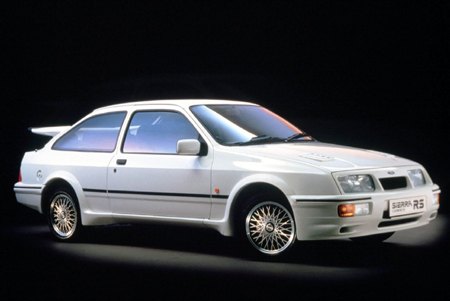
















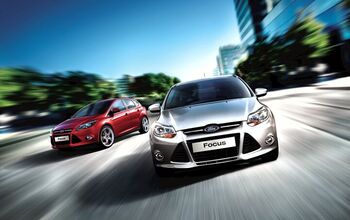
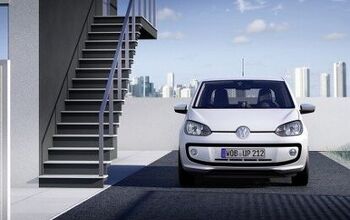
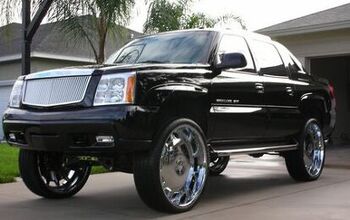

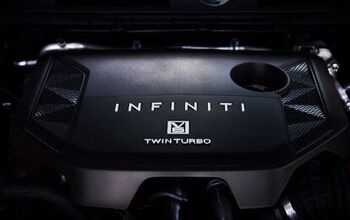

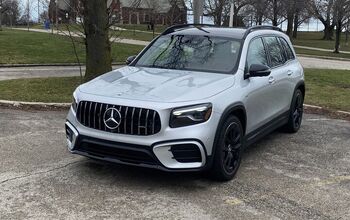
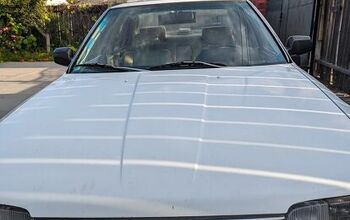
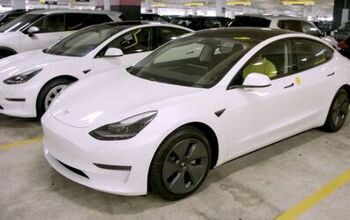
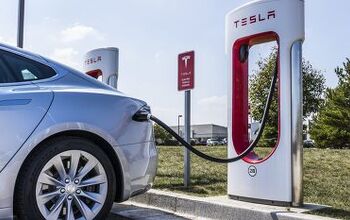
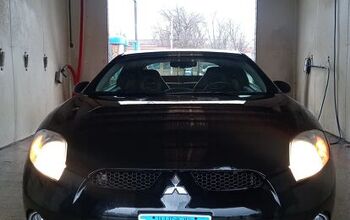
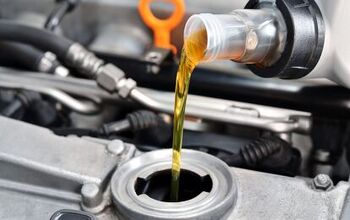
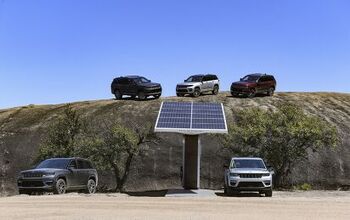
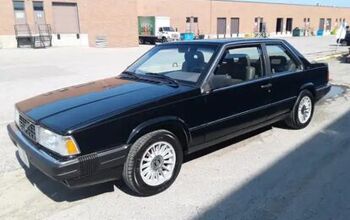
Comments
Join the conversation
Mullholland: "But if you had room for the Chrysler Omni/Horizon twins I would have like to have heard your observations regarding the development and affect that the Neon had in the marketplace. Wasn’t the Neon developed as a world car? I believe the engine was based on a Mitsubishi design modified for markets around the world." There is some truth to that. The Neon made it's debut not at the Detroit, Chicago, or NY auto shows but at the Franfurt or Geneva show in Europe. It's 2.0 liter engine was designed with displacement taxes that other countries place on larger engines. And it was designed to be built in right and left had drive versions. The engine was developed by Chrysler but it had it's exhaust manifolds facing the front of the car like the typical Mitsubishi arrangement (Mitsu used the engine in it's Eclipse sport coupe). But it was not based off a Mitsubishi design. A 1.8 liter version was also made for export markets.
The Contour/Mystique/Mondeo get a bum rap. When the Mondeo came out it was at the top of the midsize class in Europe. When the car arrived in North America, it had some premium features not offered or quite rare in its class at the time (Traction Control, Micron Filter A/C, 24 Valve V6). My faves were the lights over the inside door handles, the 24 hour clock, the 'luftfilter' label on the air filter box. This car was criticised for being small in the backseat. It was right sized for Europe (with as much room as an A4 or 3 series) but I guess we are just a nation of wide a$$es so we found it small. The $6 billion dollar investment was long range. In that development budget was a an all new V6 family, still being used today in a variety of Fords (the Duratec 30, 35 etc are all descended from that engine), new transmissions, factories renovations. Its like a long term investment that Ford can amortize over the long term, not just the lifecycle of the car. And, think of what it replaced....Topaz/Tempo. I think it started to go downhill when they decontented and dumped it into fleets. Typical....